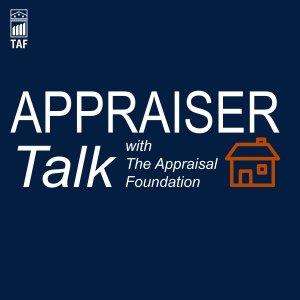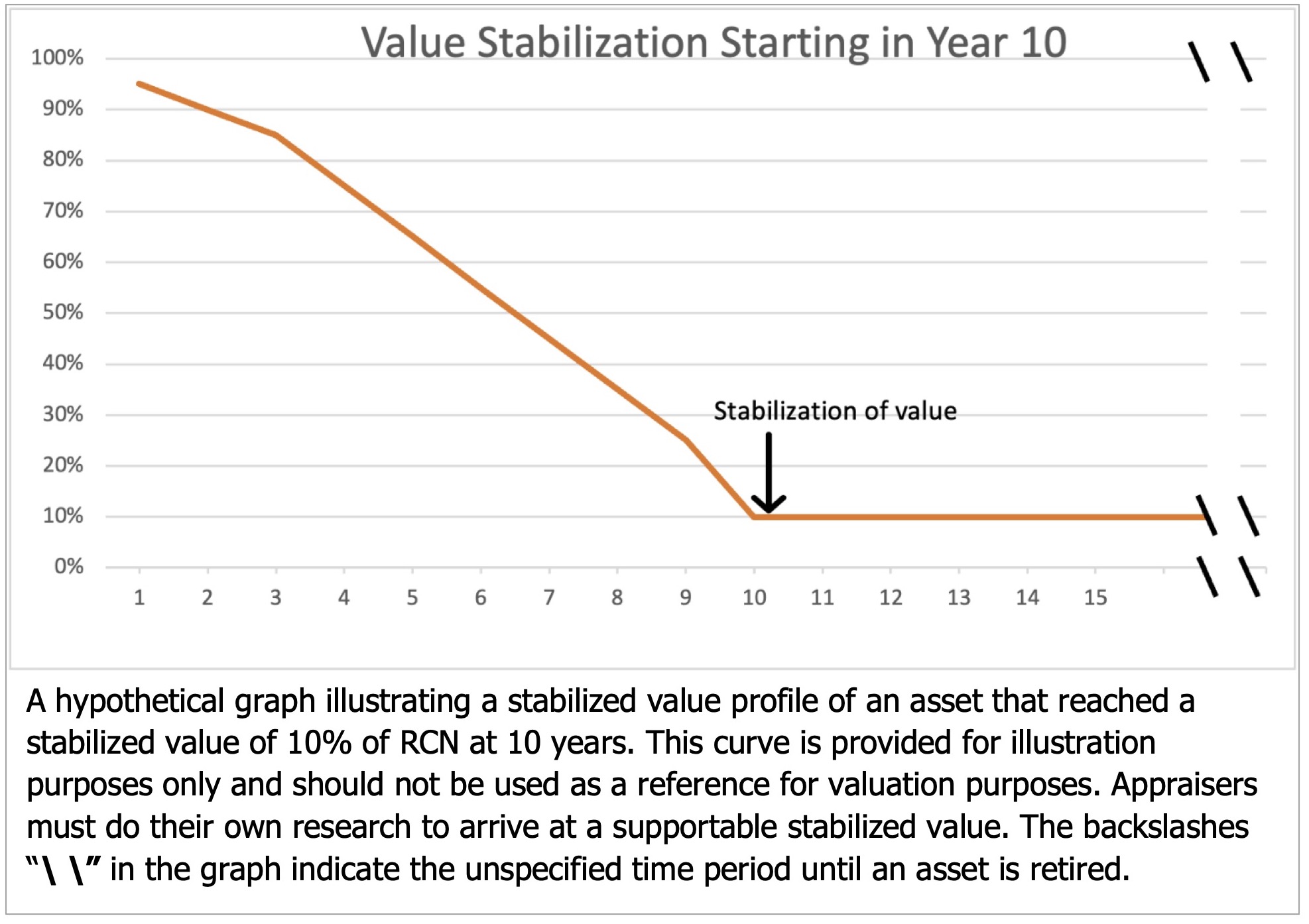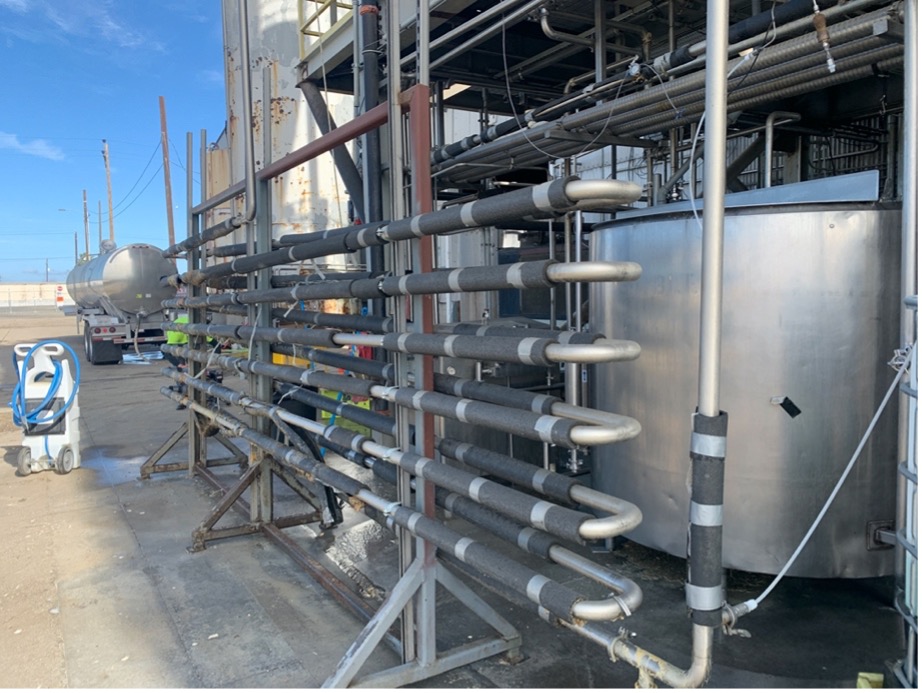 Reconciliation is the final process for the equipment appraiser when more than one approach to value is used in an equipment valuation. That process involves reconciling the values from the separate approaches and resolving, if necessary, any differences in order to arrive at a final opinion of value. The question here is: “Why in the world would an appraiser use more than one approach to value?”
Reconciliation is the final process for the equipment appraiser when more than one approach to value is used in an equipment valuation. That process involves reconciling the values from the separate approaches and resolving, if necessary, any differences in order to arrive at a final opinion of value. The question here is: “Why in the world would an appraiser use more than one approach to value?”
A USPAP compliant appraisal report, as we know, requires the equipment appraiser to consider which of the traditional approaches to value are applicable in an appraisal. Those approaches are the Sales Comparison Approach, Cost Approach, and Income Approach. In the equipment appraisal industry, while of course we consider all 3, we generally use only the first two, for reasons discussed in the popular post 3 Ways to Calculate Equipment Value.
Multiple Approaches in the Same Appraisal
While in most cases an equipment valuation requires only one approach, there are reasons for an appraisal report to use both Sales Comparison and Cost Approach. Two approaches would be used, for instance, in an appraisal situation where some of the equipment – the trucks, trailers, tractors, tanks and forklifts at a vineyard/winery for example – is regularly traded on the open market and other equipment used in the same operation – such as the thermal flash unit for crushing grapes, the Flash Détante, which we appraised for a vineyard client several years ago – is not. In those cases, of course, no reconciliation would be needed since only one approach was used to determine value for the specified equipment.
But sometimes both of these approaches are applied to the same assets. That’s the situation in which the reconciliation process is necessary.
Why would an equipment appraiser use more than one approach to value? After all, if sales data is abundant, readily available, and reliable, the valuation could depend on Sales Comparison. If sales data is limited or nonexistent, Cost approach is the obvious choice. Sometimes, however, a combination of the two provides a more efficient and appropriate value than either could separately.
Here’s one situation where using two approaches in combination saved our client a lot of money in research fees and provided a defensible final opinion of value in a legal situation: a 4,000-item equipment asset list of equipment that could be divided into a handful of asset classes, such as trucks, trailers, tractors, and food processing equipment. The excellent asset list provided included important information such as purchase price, date of acquisition, and whether the equipment was acquired new or used, as well as current meter readings and good descriptions.
In this scenario, neither Sales Comparison Approach nor Cost Approach provide an adequate approach to value all 4,000 items. Sales Comparison would demand collecting comparable sales for each of these items: a time-consuming task that would drive fees into the stratosphere. And that research, time-consuming and expensive as it might be, would not reflect any installation costs associated with the food-processing equipment. Cost Approach, on the other hand, might not adequately reflect functional or economic obsolescence. A combined approach – using these two different methodologies and reconciling them to a final opinion of value – provided the answer.
Using a Cost Approach model, I calculated replacement cost new and applied appropriate depreciation factors for the assets, coming to an opinion of value based on that approach. For Sales Comparison, comparables were found for several items in each asset class and adjustments made to adjust those comps to the assets being valued. As a final step in the reconciliation process the values indicated by the two different approaches were compared and discounts or premiums were made to the classes of assets.
Reconciling Different Values
You might wonder why the reconciliation process is necessary. Why would the two approaches present different values for the same equipment? The short answer is that not all approaches to value consider the same indicators: as mentioned above, Cost Approach ignores some forms of depreciation while Sales Comparison may ignore installation costs. The reconciliation process involves giving consideration to all factors influencing value, including those that are either not reflected or only partially reflected in the different approaches to value.
In the reconciliation process, the greatest weight is given to that approach or combination of approaches that is most appropriate for the definition of value being considered. The reconciliation step involves an analysis of (1) the relative appropriateness of the approaches applied; (2) the accuracy of the data collected and calculations made in each approach; (3) the quantity of data available for each approach; and (4) the consistency in the manner in which the approaches to value are applied.
For example, a value under Cost Approach is reviewed for the realism of the replacement cost new, the depreciation estimate and whether that value is supported by market data, as discussed in point 3 in this post about red flags in appraisals. If the sales comparison approach is used, a check is made to determine whether the indicator is based on sufficient market data or relies heavily upon only one sale. And, of course, the final reconciled opinion of value must be within the range of the values indicated by the Approaches used in the appraisal.
Final Opinion of Value
Reconciliation of various approaches isn’t always necessary in an equipment appraisal. Often, one approach to value will fill the bill just fine. It’s good to know, though, that for out of the ordinary situations, there’s an established valuation methodology that allows an equipment appraiser to implement more than one approach to reach a reasonable and defensible final opinion of value.
Jack Young, ASA, CPA
Equipment Appraisal & Appraisal Review
NorCalValuation.com




